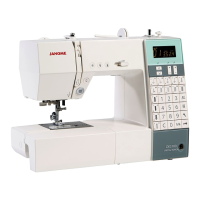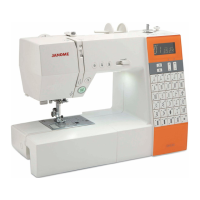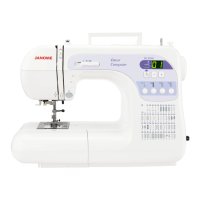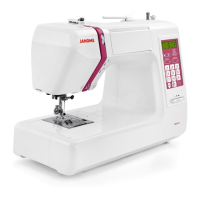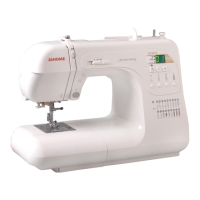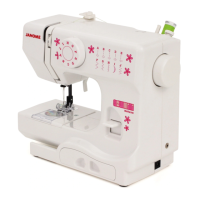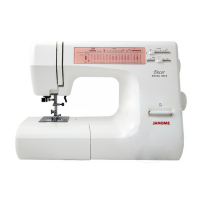Why does the needle thread break on my Janome DKS100 SE?
- KKirsten HopkinsAug 15, 2025
The needle thread may break due to several reasons: * The needle thread is not threaded properly. * The needle thread tension is too tight. * The needle is bent or blunt. * The needle is incorrectly inserted. * The needle thread is not set under the presser foot when sewing is started. * The thread is either too heavy or too fine for the needle.
